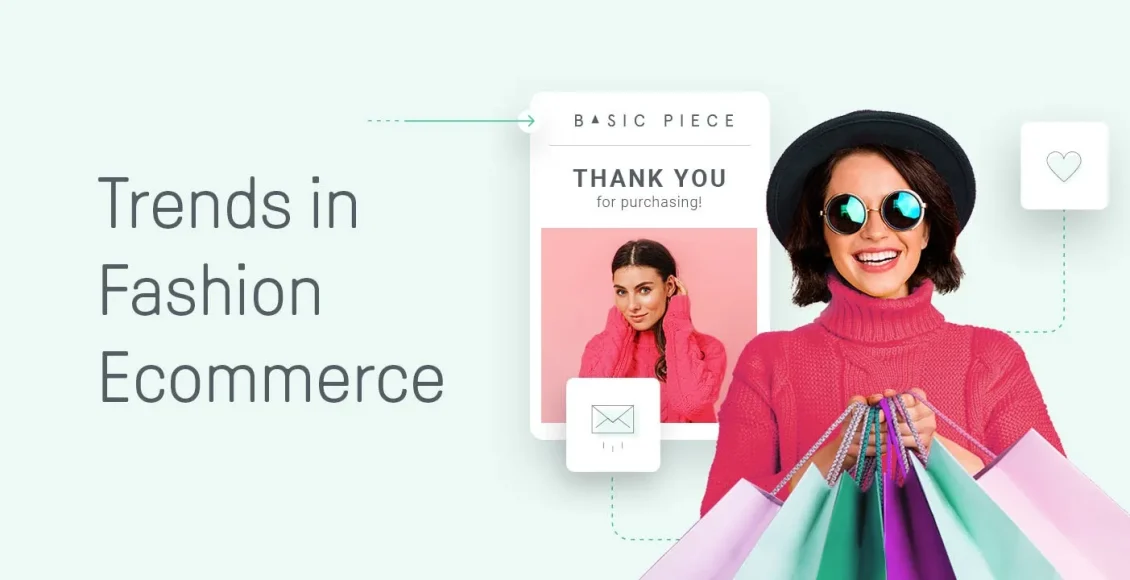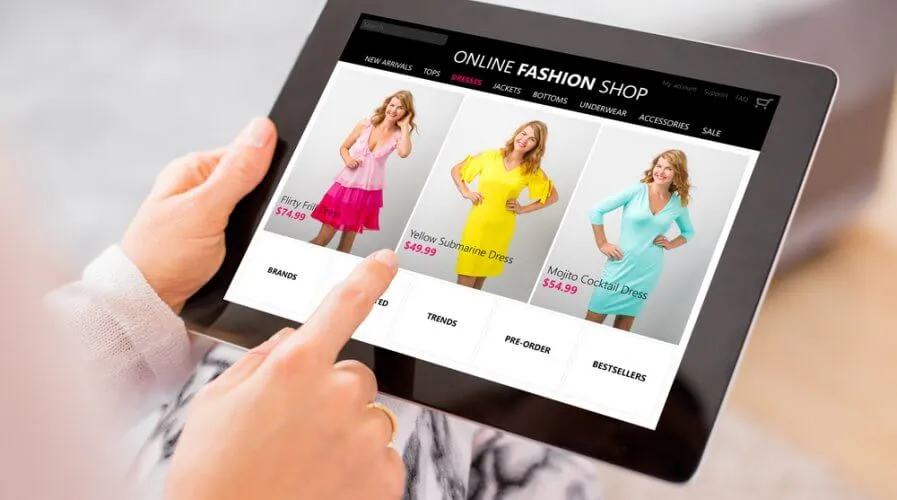Tyhanleigh.com – In today’s digital age, building a successful e-commerce fashion business requires more than just a love for clothing and accessories. It demands a deep understanding of the market, strategic planning, and a keen eye for emerging trends. This guide will walk you through the essential steps to create a thriving online fashion store, from conceptualization to scaling your business.
Understanding the E-commerce Fashion Landscape
The Evolution of Online Fashion Retail
The e-commerce fashion industry has transformed significantly over the past decade. With the advent of technology, consumer behaviors have shifted towards online shopping, making it imperative for fashion brands to establish a strong online presence. Understanding this evolution helps in identifying opportunities and potential challenges in the market.
Identifying Your Niche
Market Research and Analysis
To build a successful e-commerce fashion business, it’s crucial to identify your niche. Conduct thorough market research to understand what is trending and what gaps exist in the market. Analyze competitors to see what they are offering and how you can differentiate your brand.
Target Audience Profiling
Create a detailed profile of your target audience. Understand their preferences, shopping behaviors, and demographics. This information will guide your product selection, marketing strategies, and overall business approach.
Building a Strong Brand Identity
Defining Your Brand Values
Your brand identity is what sets you apart from the competition. Define your brand values clearly – what does your brand stand for? Is it sustainability, luxury, affordability, or innovation? Your values should resonate with your target audience and be reflected in every aspect of your business.
Creating a Memorable Brand Logo and Name
A memorable brand name and logo are crucial for brand recognition. Ensure that your brand name is easy to remember, and your logo visually represents your brand values and aesthetics.
Setting Up Your E-commerce Platform
Choosing the Right Platform
Selecting the right e-commerce platform is pivotal. Platforms like Shopify, WooCommerce, and Magento offer various features tailored to fashion businesses. Evaluate their capabilities, ease of use, and scalability before making a decision.
Website Design and User Experience
Your website is your storefront. Ensure it is visually appealing, easy to navigate, and mobile-friendly. A seamless user experience can significantly impact your conversion rates and customer retention.
Other articles:
Sourcing and Inventory Management
Finding Reliable Suppliers
Building relationships with reliable suppliers is critical for maintaining product quality and consistency. Research and connect with suppliers who align with your brand values and can meet your demand.
Efficient Inventory Management
Implement an efficient inventory management system to keep track of stock levels, manage orders, and avoid overstocking or stockouts. Tools like inventory management software can automate and streamline this process.
Crafting a Compelling Product Range
Curating Your Collection
Curate a product range that appeals to your target audience. Focus on quality over quantity, and ensure that your collection is cohesive and reflects your brand identity.
Product Photography and Descriptions
High-quality product photography and detailed descriptions are essential for online sales. Invest in professional photography and write compelling descriptions that highlight the features and benefits of your products.
Marketing and Promotion Strategies
Social Media Marketing
Social media is a powerful tool for fashion brands. Create engaging content, collaborate with influencers, and run targeted ads to reach your audience. Platforms like Instagram, Pinterest, and TikTok are particularly effective for fashion marketing.
Email Marketing
Build an email list and create personalized email campaigns to keep your audience engaged. Share exclusive offers, new arrivals, and fashion tips to build a loyal customer base.
Leveraging Influencer Marketing
Partnering with Fashion Influencers
Collaborate with fashion influencers who align with your brand values. Influencers can help you reach a wider audience and build credibility. Choose influencers whose followers match your target demographic.
Creating Authentic Collaborations
Ensure that your collaborations with influencers are authentic and mutually beneficial. Authenticity resonates with audiences and can drive higher engagement and conversions.
Other articles:
Optimizing for Search Engines (SEO)
Keyword Research and Implementation
Conduct keyword research to identify terms your target audience is searching for. Implement these keywords strategically across your website, product descriptions, and blog content to improve your search engine rankings.
Content Marketing
Create valuable content that addresses your audience’s interests and needs. Blog posts, style guides, and fashion tips can drive organic traffic to your site and establish your brand as an authority in the fashion industry.
Customer Service and Engagement
Providing Exceptional Customer Service
Exceptional customer service can set you apart from competitors. Ensure your customer service team is responsive, helpful, and knowledgeable. Address customer inquiries and issues promptly to build trust and loyalty.
Engaging with Your Audience
Engage with your audience through social media, email, and other channels. Respond to comments, host live sessions, and create a community around your brand to foster loyalty and repeat business.
Analyzing Performance and Scaling
Tracking Key Metrics
Use analytics tools to track key performance metrics such as website traffic, conversion rates, and customer acquisition costs. Regularly analyze this data to understand what is working and where improvements are needed.
Scaling Your Business
Once your business is established, focus on scaling. This could involve expanding your product range, entering new markets, or investing in more robust marketing strategies. Ensure that your infrastructure can support growth to avoid any operational hiccups.
Conclusion
Building a successful e-commerce fashion business requires a combination of creativity, strategic planning, and continuous adaptation to market trends. By understanding your niche, creating a strong brand identity, optimizing your online presence, and engaging effectively with your audience, you can establish a thriving fashion business in the digital marketplace. Stay committed to your brand values, keep your finger on the pulse of the fashion industry, and always strive for excellence in every aspect of your business.
FAQ
Q: How do I choose the right e-commerce platform for my fashion business?
A: Consider factors like ease of use, scalability, features, and cost. Platforms like Shopify and WooCommerce are popular choices for fashion businesses.
Q: What are the best marketing strategies for an e-commerce fashion business?
A: Social media marketing, influencer collaborations, and email marketing are highly effective. Additionally, SEO and content marketing can drive organic traffic to your site.
Q: How can I ensure my product descriptions are effective?
A: Write detailed, engaging descriptions that highlight the benefits and features of your products. Use high-quality images to complement the descriptions.
Q: What is the importance of customer service in e-commerce?
A: Exceptional customer service builds trust and loyalty, encouraging repeat business and positive word-of-mouth. It’s crucial for addressing customer inquiries and resolving issues promptly.
Q: How do I keep up with fashion trends?
A: Stay updated by following fashion news, attending industry events, and engaging with your audience on social media. Trend forecasting tools and competitor analysis can also provide valuable insights.




